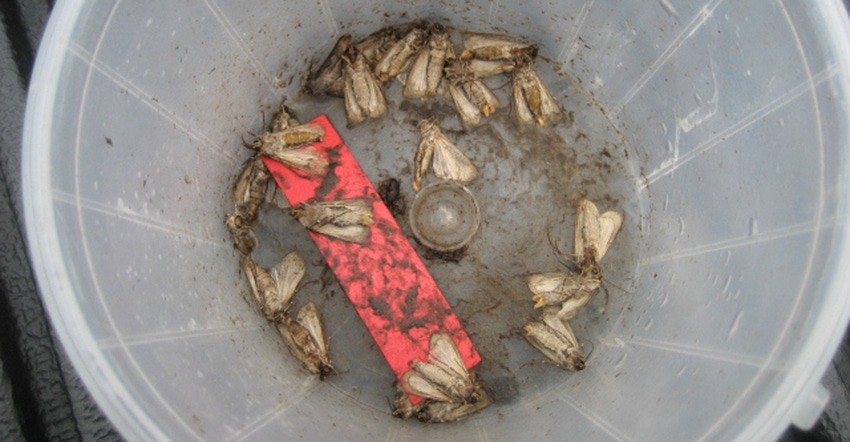
No matter how the rest of 2020 turns out, Kyle Quick believes dry stretches in April helped farmers throughout most of Indiana put themselves in a better position than they were in last year. Farmers in southwestern, western and even northwestern Indiana used field workdays not only to inject nitrogen and apply fertilizer and burndown herbicides, but also to plant crops.
“In eastern Indiana, there was less planting, but farmers got fertilizer on and worked out kinks in fields so they would be ready to plant when it was dry again,” says Quick, commercial agronomist with Mycogen Seeds. He covers three-fourths of Indiana, including the northern half and southeastern region.
“Most farmers in Indiana never got the opportunity to prepare in 2019, including applying fertilizer and burning down weeds,” he says. “That was a plus for this year. So, in some areas of the state, sizable acreage was already planted by May 1, and in other areas, planters were ready to roll once conditions were right.”
Last-minute tips
Here are suggestions for helping corn and soybeans get off to a good start:
Corn. Because soil temperatures were cool in mid-April when some growers planted, it may take longer for corn to emerge than when soil temperatures are warmer. However, Quick is confident that assuming soil temperatures warm into early May, most fields will emerge.
“Our corn breeders do a good job of selecting for early-season vigor today,” he says. “Most modern hybrids can emerge even if conditions aren’t ideal.”
Once corn is up and you’ve taken stand counts to make sure stands are adequate, the next step is to pay attention to early-season insect pests, Quick says. Some farmers who participate in trapping programs for cutworm moths reported capturing high numbers of moths in late April. However, that doesn’t guarantee problems with cutworms. A lot of it depends on timing, including when corn was or is planted, when larvae hatch and weather conditions at the time.
“Most of our hybrids have good built-in protection for many aboveground insect pests if you’re planting traited corn,” Quick says. “If you didn’t plant traited corn with aboveground insect protection, you might want to pay more attention, especially to potential pests like corn earworm.”
Soybeans. Disease threats that usually establish themselves early in the season are best controlled with soybean seed treatments. These include phytophthora root rot and sudden death syndrome.
Many fungicide seed treatments are active against phytophthora root rot. You will likely need to include an additional product if you’re concerned about SDS. Wetter, heavier soils in lower parts of fields are typically considered likely candidates for both these maladies, although they can show up elsewhere in the landscape.
What if you have soybeans that you haven’t planted yet, and you have the option for treated or nontreated seed? “I’m a big believer in seed treatment for soybeans, especially early in the season,” Quick says. “You not only get the benefit of fungicides to work against key diseases, but most treatments today also include materials designed to enhance plant health.
“If it gets into the last week of May or into June for planting, and you have the option of planting treated seed or nontreated seed, to save costs, perhaps it might become a discussion point for some. I still believe it’s worth the cost.”
As a case in point, Quick points to 2019. Some of the coolest, wettest conditions for soybeans to emerge occurred in mid-June in central Indiana, following big rains, an extended wet period and a cool snap. Seed treatments could still help, he believes.
About the Author(s)
You May Also Like




